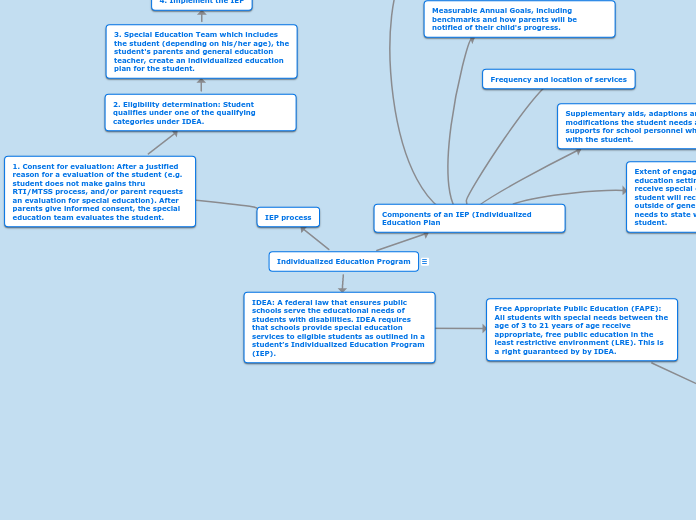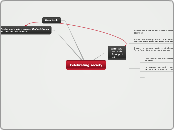a Snezana Radan 6 éve
270
mindmap
Incorporating dual-language instruction in English Language Learner (ELL) classrooms brings numerous advantages to students, educators, and the broader community. Students benefit from enhanced transferable language skills, increased cultural awareness, and enriched educational and career prospects.









